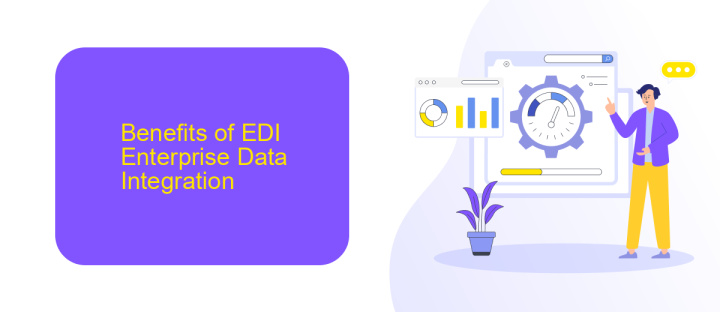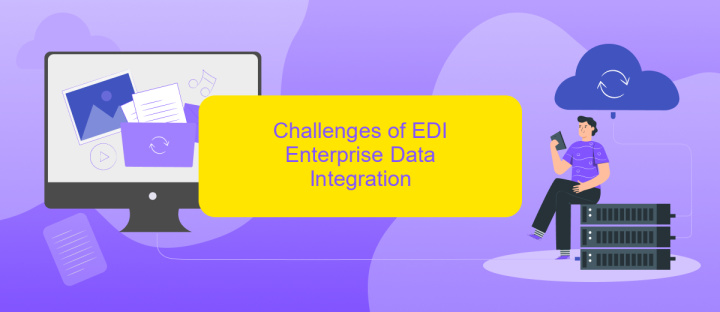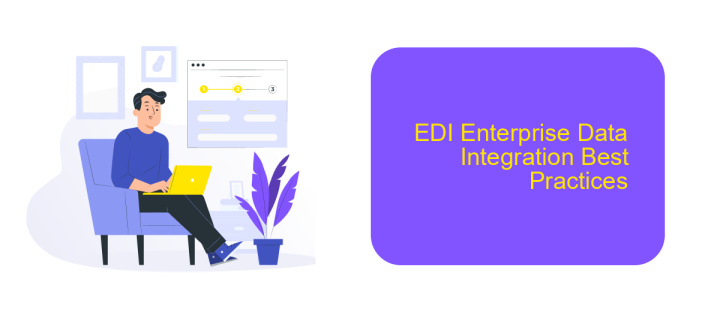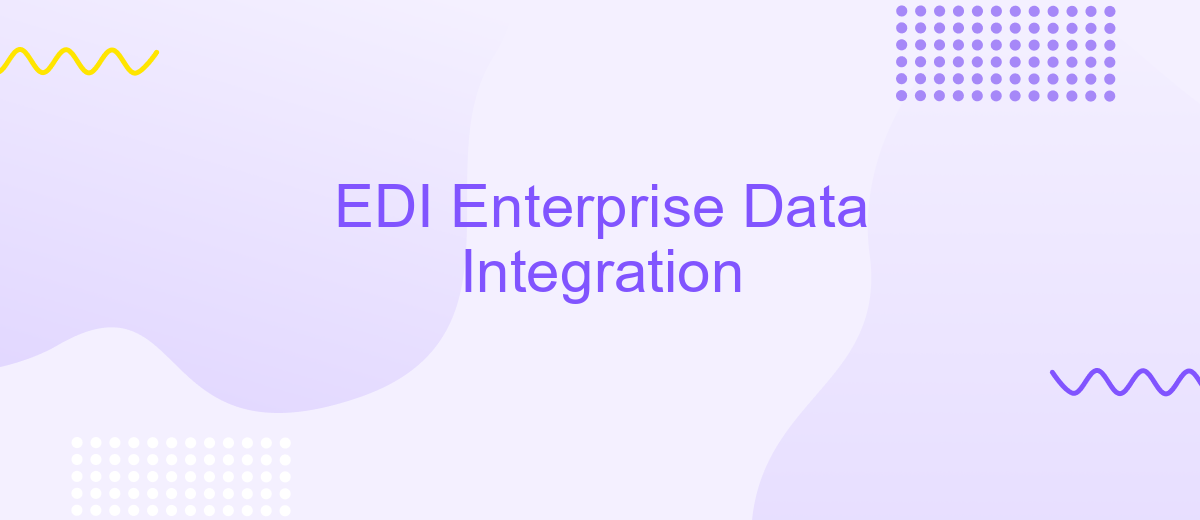EDI Enterprise Data Integration
Enterprise Data Integration (EDI) is a critical process for modern businesses, enabling seamless data exchange between diverse systems and applications. By integrating data from multiple sources, EDI enhances operational efficiency, supports informed decision-making, and fosters collaboration across departments. This article explores the key benefits, challenges, and best practices for implementing EDI to drive business growth and innovation.
Introduction
Enterprise Data Integration (EDI) is a critical component in modern business operations, enabling seamless communication and data exchange between various systems and applications. EDI helps organizations streamline processes, reduce errors, and enhance overall efficiency by integrating disparate data sources into a unified framework.
- Improved data accuracy and consistency
- Enhanced collaboration across departments
- Faster decision-making processes
- Reduced operational costs
One of the leading platforms facilitating EDI is ApiX-Drive, which offers robust tools for setting up and managing integrations effortlessly. ApiX-Drive simplifies the integration process by providing a user-friendly interface and a wide range of pre-built connectors, ensuring that businesses can quickly adapt and scale their data integration efforts. By leveraging such services, companies can focus on their core competencies while maintaining a high level of data integrity and operational efficiency.
Benefits of EDI Enterprise Data Integration

Implementing EDI Enterprise Data Integration offers numerous advantages for businesses, significantly enhancing operational efficiency and accuracy. By automating data exchange between different systems, EDI reduces manual data entry, minimizes errors, and accelerates transaction processing. This leads to faster order fulfillment, improved customer satisfaction, and a streamlined supply chain. Additionally, EDI integration supports compliance with industry standards and regulations, ensuring that data is consistently formatted and securely transmitted.
Moreover, services like ApiX-Drive simplify the setup and management of EDI integrations. ApiX-Drive allows businesses to connect various applications and automate data workflows without extensive coding knowledge. This ease of integration enables companies to quickly adapt to changing business needs and scale operations efficiently. By leveraging such tools, organizations can focus on core business activities while ensuring seamless data synchronization across all enterprise systems.
Challenges of EDI Enterprise Data Integration

Electronic Data Interchange (EDI) Enterprise Data Integration presents numerous challenges that organizations must navigate to ensure seamless data flow and interoperability. These challenges can hinder the efficiency and effectiveness of data integration processes, impacting overall business operations.
- Data Standardization: Different systems and partners may use varying data formats and standards, making it difficult to achieve uniformity.
- Scalability: As businesses grow, the volume of data and the number of integration points increase, requiring scalable solutions to handle the load efficiently.
- Security Concerns: Ensuring data privacy and protection during transmission and storage is critical, given the sensitive nature of business information.
- System Compatibility: Integrating legacy systems with modern applications can be complex and time-consuming, often requiring custom solutions.
- Cost and Resources: Implementing and maintaining EDI integrations can be costly, demanding significant investment in technology and skilled personnel.
To mitigate these challenges, businesses can leverage integration platforms like ApiX-Drive, which simplify the process by providing pre-built connectors and automated workflows. Such services enable organizations to standardize data formats, scale efficiently, ensure robust security, and achieve seamless compatibility across diverse systems, ultimately optimizing their EDI enterprise data integration efforts.
EDI Enterprise Data Integration Best Practices

Implementing EDI Enterprise Data Integration requires careful planning and execution to ensure seamless data flow across systems. One of the best practices is to start with a clear understanding of your business needs and the data you need to integrate. This helps in identifying the right tools and technologies for the job.
Another key practice is to ensure data quality and consistency. This involves setting up data validation rules and regular audits to maintain data integrity. Utilizing middleware solutions like ApiX-Drive can streamline the integration process, offering automated workflows and real-time data synchronization.
- Define clear integration goals and objectives.
- Ensure data quality and consistency.
- Leverage middleware solutions for automation.
- Regularly monitor and audit data flows.
- Provide adequate training for staff.
Finally, continuous monitoring and optimization are crucial. Regularly review your integration processes to identify any bottlenecks or areas for improvement. Keeping your team trained and up-to-date with the latest integration technologies will also contribute to the long-term success of your EDI Enterprise Data Integration strategy.
- Automate the work of an online store or landing
- Empower through integration
- Don't spend money on programmers and integrators
- Save time by automating routine tasks
Conclusion
In conclusion, EDI Enterprise Data Integration plays a pivotal role in modern business operations by streamlining data exchange processes and enhancing overall efficiency. The ability to seamlessly integrate various data sources and systems not only reduces operational costs but also minimizes errors, leading to more accurate and timely decision-making. As businesses continue to grow and evolve, the importance of robust data integration solutions cannot be overstated.
Leveraging services like ApiX-Drive can significantly simplify the setup and management of these integrations. ApiX-Drive offers a user-friendly platform that enables organizations to connect diverse applications without the need for extensive coding or technical expertise. By automating data flows between systems, businesses can ensure that their data remains consistent and up-to-date across all platforms. Ultimately, embracing advanced EDI solutions and tools like ApiX-Drive can drive greater productivity and support long-term business growth.
FAQ
What is Enterprise Data Integration (EDI)?
Why is EDI important for businesses?
How does EDI improve operational efficiency?
What challenges can arise during the EDI implementation?
How can businesses simplify the EDI process?
Time is the most valuable resource for business today. Almost half of it is wasted on routine tasks. Your employees are constantly forced to perform monotonous tasks that are difficult to classify as important and specialized. You can leave everything as it is by hiring additional employees, or you can automate most of the business processes using the ApiX-Drive online connector to get rid of unnecessary time and money expenses once and for all. The choice is yours!


